Teacher Letter of Reprimand Template for Classroom Use
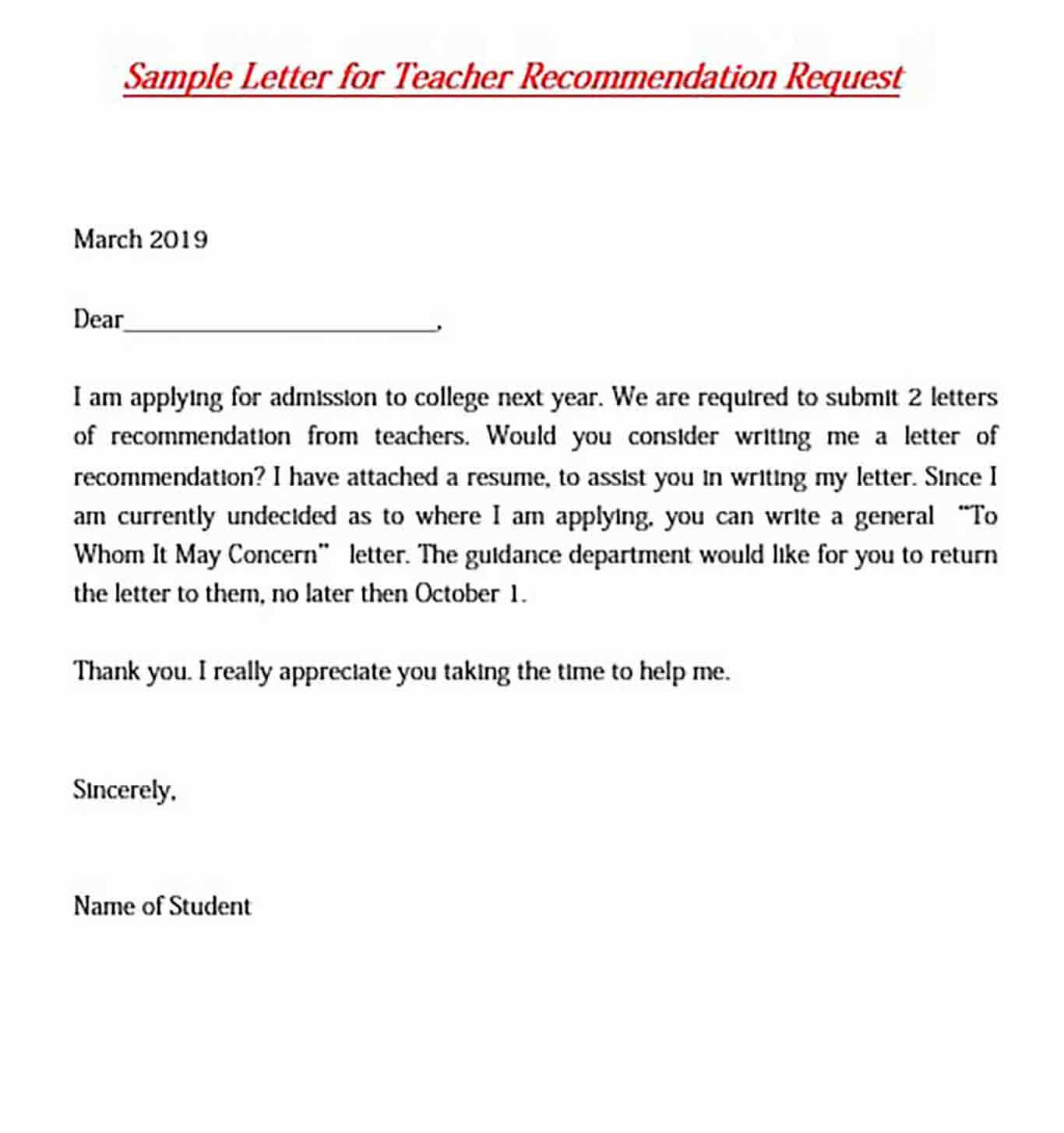
When addressing behavioral or performance issues in an educational setting, it’s essential to communicate concerns clearly and professionally. A well-structured communication ensures that the message is understood and provides a clear path for improvement. The following section outlines the process for crafting a formal notice that addresses specific issues while maintaining a respectful tone.
Key Aspects of a Formal Notice
In any professional setting, it’s important to address issues promptly. A formal notice should be concise and direct, providing the recipient with a clear understanding of the problem. Include the following components:
- Identification of the issue: Clearly state the behavior or performance that requires attention.
- Context: Explain the circumstances surrounding the situation, including any relevant events or patterns.
- Expected outcomes: Detail the necessary steps for improvement and the desired results.
- Consequences: Mention any potential actions that may follow if improvements are not made.
Professional Communication Standards
Maintaining a professional and respectful tone is crucial in any communication addressing concerns. Ensure that the tone is constructive, focusing on problem-solving rather than assigning blame. Keep in mind the following tips:
- Use clear and neutral language.
- Avoid harsh or accusatory terms.
- Be specific and avoid generalizations.
- Focus on the behavior, not the individual’s character.
Examples of Written Notices
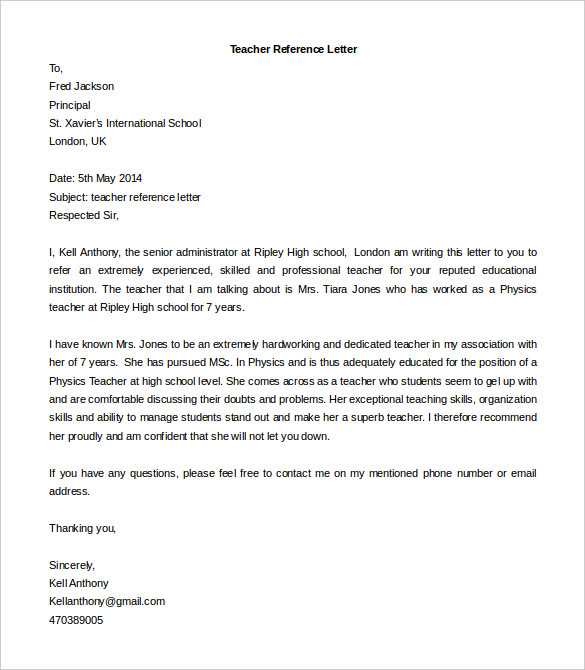
When crafting a written notice, consider the context and the nature of the issue. Here are a few examples of how to phrase common situations:
- Performance-related issues: “We have observed a decline in the quality of your recent submissions. We expect improvement in the following areas…”
- Behavioral concerns: “There have been multiple instances where your actions in the classroom have disrupted the learning environment…”
- Missed deadlines: “Your failure to meet the established deadlines has impacted the team’s ability to move forward…”
Following Up After Issuing the Notice
It’s essential to monitor progress after the formal notice has been issued. Arrange a follow-up meeting to discuss any improvements or further steps that need to be taken. This helps ensure that the situation is addressed properly and that the recipient has the support they need to improve.
Guidelines for Writing a Formal Warning and Addressing Issues
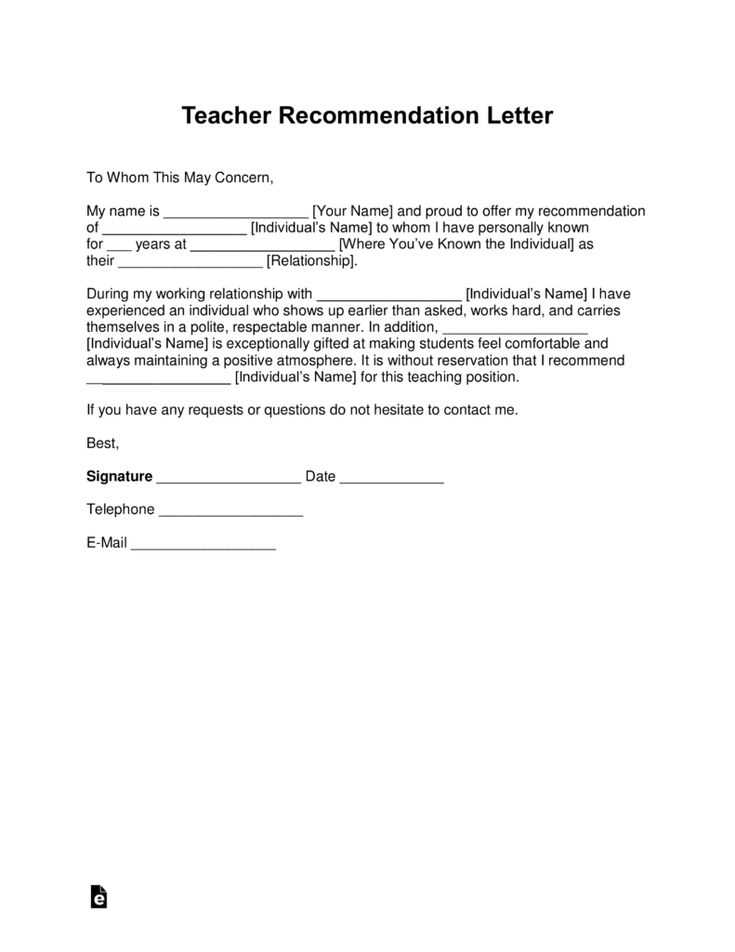
When addressing concerns regarding behavior or performance in a professional setting, clear and direct communication is crucial. A formal written notice helps ensure both clarity and accountability while maintaining respect and professionalism. Below are key points to consider when crafting such a notice and following up appropriately.
Essential Elements of a Formal Notice
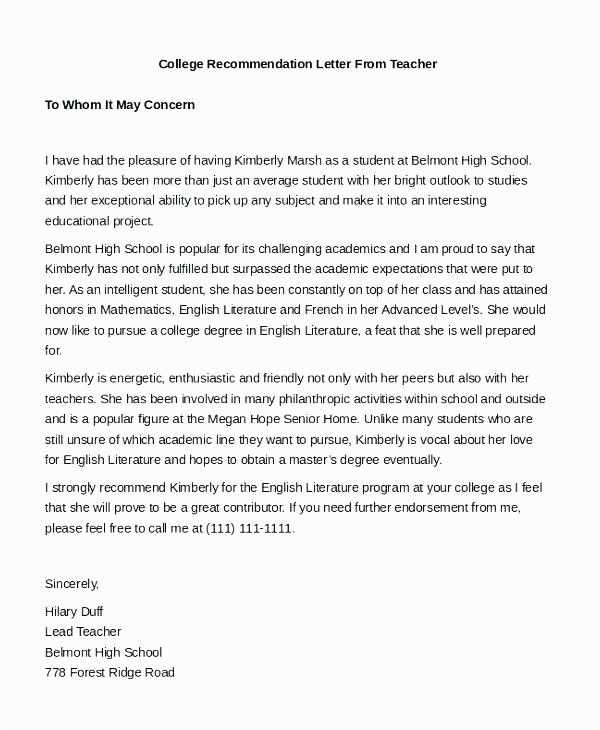
For an effective communication, make sure to include the following critical components:
- Clear Identification of the Issue: Be specific about the actions or behavior that need attention.
- Explanation of the Context: Provide any background information or context that clarifies the situation.
- Expected Improvement: State the desired outcome and the steps that should be taken to improve the situation.
- Consequences: Outline any potential follow-up actions or repercussions if improvements are not made.
Best Practices for Professionalism
Maintaining a professional and constructive tone throughout the process is essential. Keep the following approaches in mind to ensure the notice is received appropriately:
- Use neutral, respectful language throughout.
- Avoid making personal attacks or using harsh words.
- Keep your communication focused on the behavior, not the person.
- Be specific in your feedback and avoid generalizing.
By following these practices, the recipient is more likely to see the notice as an opportunity for improvement rather than as a punitive measure.
Common Mistakes to Avoid
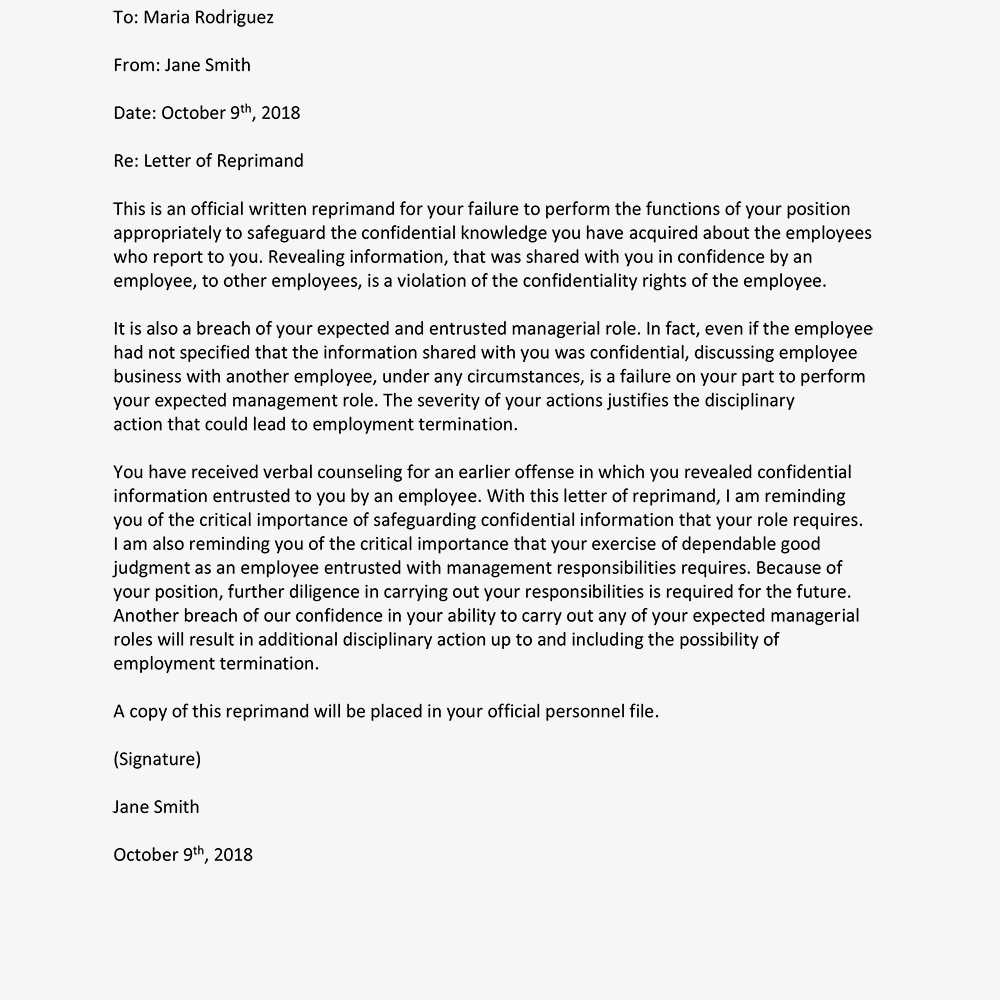
When writing a formal notice, some common errors can undermine the message:
- Vague Language: Avoid being too general about the issue; be clear and specific.
- Failure to Offer Solutions: Don’t just point out the problem–suggest steps for improvement.
- Overly Harsh Tone: Even if the issue is serious, ensure the language remains constructive and professional.
Recognizing these common mistakes can improve the effectiveness of the communication.
When to Issue a Formal Notice
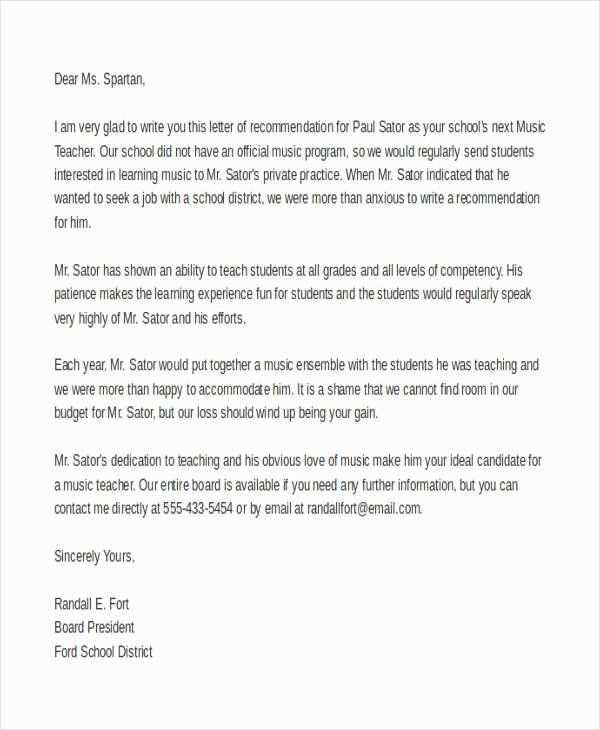
Such communications should be issued promptly when a behavior or performance issue is identified. The sooner you address the concern, the more likely it is to be resolved quickly and constructively. It’s also important to ensure that the situation warrants formal communication rather than informal guidance or support.
Follow-up meetings should be scheduled to review progress and ensure that the issue has been addressed adequately.